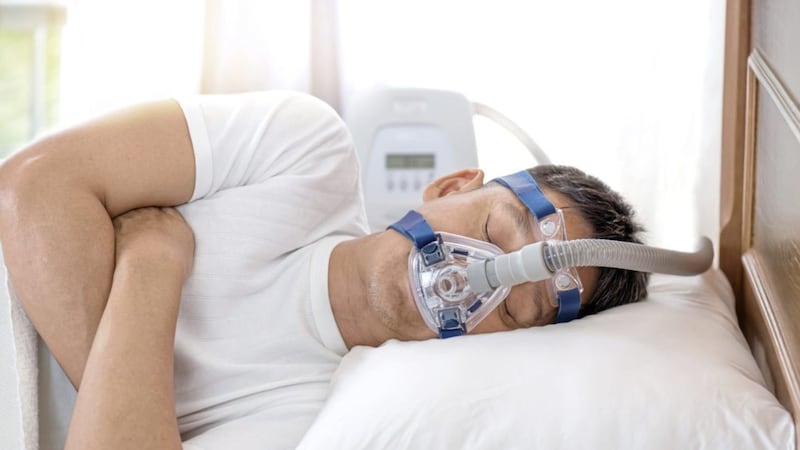STOPPING breathing multiple times a minute doesn’t sound like a great idea however this is what’s happening to about five per cent of adults and even some children when they’re sleeping.
The condition is called sleep apnea. The Greek word 'apnea' literally means 'without breath.' Sometimes a person can stop breathing hundreds of times during the night and often for a minute or longer.
There are three types: obstructive, central, and mixed. Of the three, obstructive sleep apnea (OSA) is the most common. If sleep apnea is untreated, the insult to the body is quite remarkable. Studies show that serious risks of OSA include stroke, heart attack, obesity, diabetes, and driving accidents. Suffers also complain of poor concentration, irritability, personality changes and relationship problems.
A Wisconsin study of 1,522 people found that over an 18-year period, people with severe, untreated sleep apnea died at a rate of more than three times that of those without apnea. Indicators that you may have OSA are breathing through your mouth, daytime sleepiness, nasal-sounding speech, snoring, gasping for breath during sleep, sleep walking and night terrors.
On a basic level when your airway is restricted then this causes sleep apnea. About 70 per cent of people with OSA are overweight. The fat around the neck is compressing the underlying air tube so losing weight often gives striking improvements in both OSA and snoring. However other culprits of OSA are commonly found in the mouth, throat or nose.
For instance, if the alignment of your teeth or jaws is such that it gives a narrow mouth and airway then this can often be corrected with a brace that will expand your jaws and straighten the teeth. This gives a wider smile look but more importantly the space for air has been increased.
Jaw surgery or mouth splints (MAD devices) are sometimes appropriate to bring the lower jaw into a more forward position, crucially allowing the breathing space in the throat to expand and let more air into the body.
Enlarged adenoids and tonsils which are causing a blockage can also be removed and nose problems corrected to help with airflow.
Additionally there’s a nose and mouth mask called CPAP (continuous positive airway pressure). It draws in room air to deliver the perfect amount of air pressure that you need to clear any obstruction.
If you’re concerned about sleep apnea consult your doctor and dentist. It can be diagnosed in a sleep laboratory, where the quality of sleep, sleep phases and oxygen values in the blood are measured and then treatment can be planned as appropriate.








